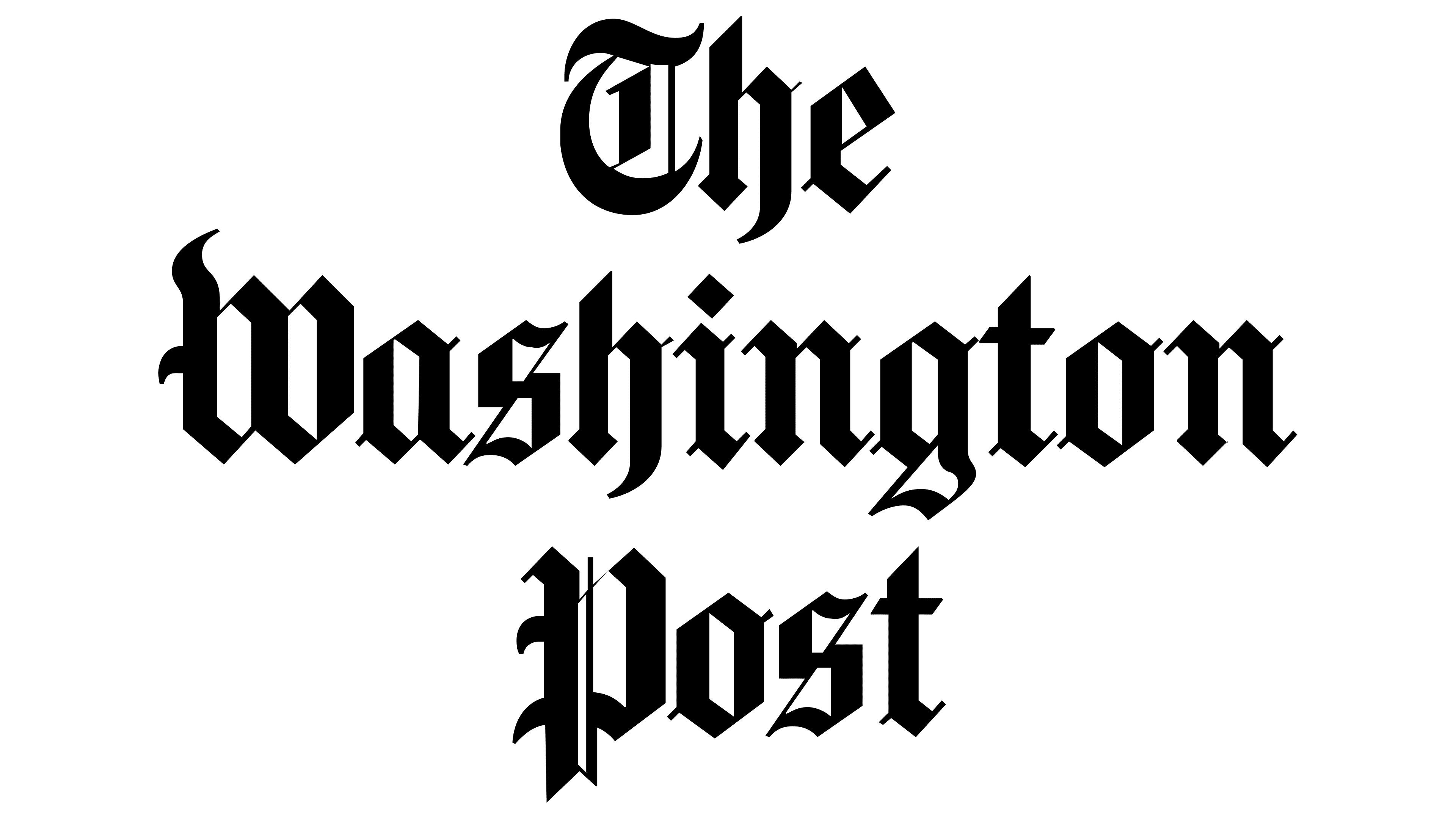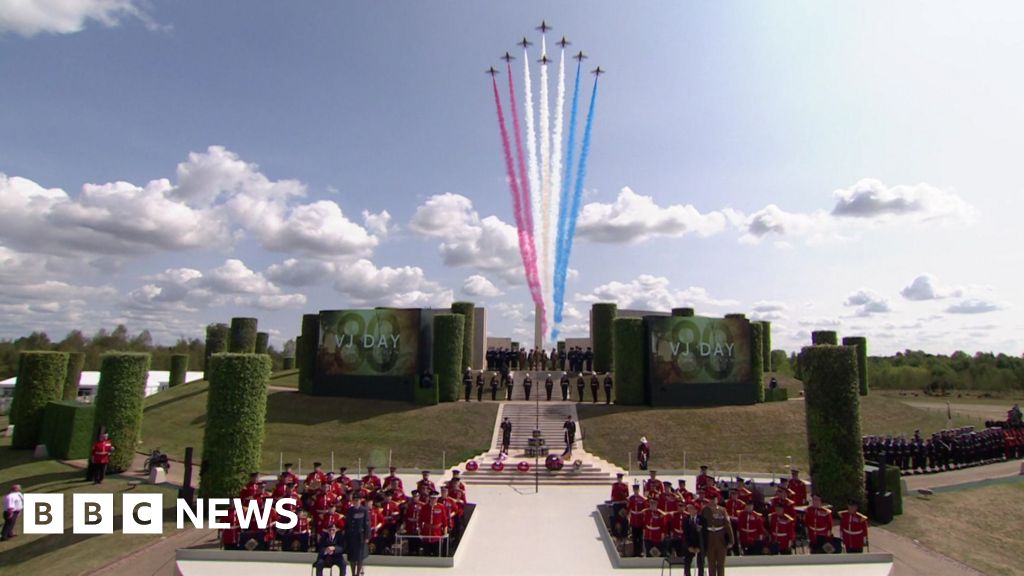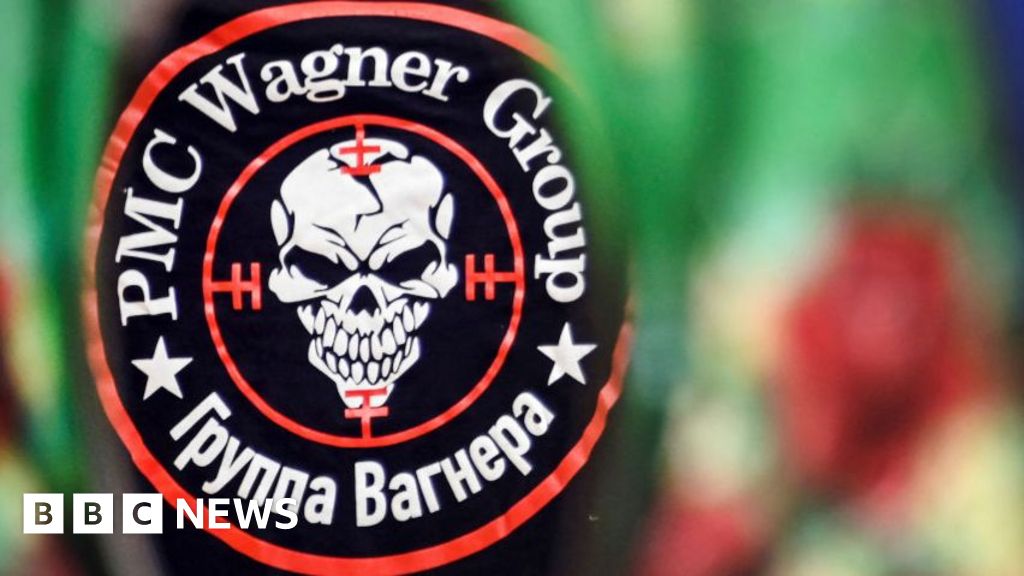ARTICLE AD BOX
President Trump and Russian President Vladimir Putin both said their face-to-face meeting in Alaska was productive, but did not reach a deal to end the fighting in Ukraine.
“There’s no deal until there’s a deal,” Mr. Trump told reporters following the three-hour summit at Joint Base Elmendorf-Richardson in Anchorage. “We didn’t get there, but we have a very good chance of getting there.”
At a joint press conference, the two leaders offered no specifics about their talks and did not detail any signs of significant progress. They did not take questions from the press after both delivered brief remarks alongside each other.
Mr. Trump said that both sides were close on the “most significant” difference, but did not say what that was or how large the gulf remains.
The Russian president offered a more optimistic view of the meeting. He said he reached an “understanding” on Ukraine and warned Europe not to “torpedo” the nascent progress.
Mr. Putin described the sitdown as “neighborly,” and said the negotiations were “held in a constructive atmosphere of mutual respect.”
SEE ALSO: Trump, Putin exchange friendly greetings in Alaska for Ukraine war summit
He went on to say that an agreement reached with Mr. Trump will “pave the path toward peace in Ukraine,” a country Russia invaded three years ago.
The Russian president said that to reach a permanent deal, they need to eliminate “all the primary roots, the primary causes of that conflict.”
“I agree with President Trump, as he has said today, that, naturally, the security of Ukraine should be ensured as well. Naturally, we have prepared to work on that,” he said.
Mr. Putin, seeking to reestablish Russia’s dominance of Ukraine, annexed the country’s Crimean Peninsula in 2014 and launched an all-out invasion in 2022.
Mr. Trump made it clear that they didn’t reach a compromise but called the meeting “extremely productive.”
Some sticking points still need to be resolved, Mr. Trump said.
SEE ALSO: Putin sees summit with Trump as the end of Russia’s international isolation
Mr. Trump said his next step was to talk to Ukrainian President Volodmyr Zelenskyy, NATO leaders and and European allies to brief them on the talks with Mr. Putin.
“It’s ultimately up to them,” he said.
In his remarks, Mr. Putin was very complimentary to his American counterpart. He said the war in Ukraine would not have happened had Donald Trump been the U.S. president in 2022. Mr. Trump has long claimed that he would have avoided the full-scale war that broke out during President Biden’s administration.
He also invited Mr. Trump to meet again in Moscow, which appeared to catch Mr. Trump by surprise. He said the meeting would provoke criticism but that he could “possibly see that happening.”
The prospects were always dim for a breakthrough at the summit, and the odds also are long for Mr. Putin adhering to a peace deal.
Russia has broken every ceasefire agreement going back to 2014, when Russia annexed Ukraine’s Crimean Peninsula, violating the Treaty on Friendship, Cooperation and Partnership that the two countries signed in 1997. But this time, Mr. Putin is leading a country that is financially struggling and has suffered massive casualties in the last three years, and has captured only 20% of Ukraine’s territory.
Still, Mr. Putin has a long history of toying with peace deals and was angling to make the summit a moral victory for Moscow regardless of the outcome. Russian news media cast the summit with the U.S. president as a break in the international isolation of Russia.
En Route to the summit, Russian reporters were served chicken Kyiv by the Russian government, and Mr. Putin’s foreign minister, Sergey Lavrov, was seen wearing a gray sweatshirt emblazoned with “CCCP” — the Russian letters for USSR.
In early May, Russia and Ukraine reported attacks on each other’s forces on the first day of a 72-hour ceasefire called by Mr. Putin.
By Mr. Zelenskyy’s count, Russia has broken 25 ceasefire agreements since 2014, when Russia first attacked its neighbor.
Russia has a significant military edge with a 3-1 manpower advantage over Ukraine and more than twice as much ammunition as all of NATO. Ukraine’s battlefield position is also shrinking. Kyiv is struggling to recruit soldiers, and its desertion rates remain high.
And yet, both sides have sustained hundreds of thousands of casualties since Russia invaded Ukraine in 2022.
Moscow’s most recent demands to end the war were unacceptable to Ukraine. Russia currently controls roughly 20% of Ukraine, including all of Crimea, all of Luhansk, more than 70% of the Donetsk, Zaporizhzhia and Kherson regions, and portions of the Kharkiv, Sumy, Mykolaiv and Dnipropetrovsk regions.
Moscow previously proposed:
• A full withdrawal of Ukrainian troops from parts of Donetsk, Zaporizhzhia and Kherson.
• A permanent abandonment of Kyiv’s bid to join the NATO military alliance.
• An acknowledgment by Ukraine that Crimea, Luhansk, Donetsk, Zaporizhzhia and Kherson are now part of Russia.
• A guarantee that the rights and freedoms of Russian speakers in Ukraine would have to be codified in an international agreement.
Mr. Zelenskyy has repeatedly rejected Moscow’s demands as an absurd ultimatum. Giving up territories that tens of thousands of Ukrainian soldiers have died defending would be a bitter pill to swallow.
He has called giving up any land a nonstarter.
It’s unclear whether Russia would return any land or what that would look like. This week, Mr. Trump talked vaguely about Russia exchanging “oceanfront property,” a possible reference to the shoreline along the Sea of Azov or Black Sea. That is part of Mr. Putin’s land bridge connecting Russia to occupied Crimea.
Ahead of the sitdown with Mr. Putin, Mr. Trump said he wasn’t bargaining with Ukraine territory.
“I’ve got to let Ukraine make that decision. And I think they’ll make a proper decision,” Mr. Trump told reporters on Air Force One en route to Alaska. “But I’m not here to negotiate for Ukraine. … Look, Vladimir Putin wanted to take all of Ukraine. If I wasn’t president, he would right now be taking all of Ukraine. And he’s not going to do it.”
Despite negotiations and deals for prisoner swaps and some pauses in the conflict, Russia and Ukraine have not had a significant pause in warfare that has resulted in hundreds of thousands of casualties on both sides.
The failure of ceasefires between the two Eastern European neighbors goes back to February 2014, when Russia took Crimea.
By Sept. 5, 2014, Ukraine and Russia signed the first major ceasefire agreement. It fell apart within hours as Russian proxy forces attacked Donetsk airport and other places in Ukraine, Ukrainian sources reported.
The Minsk-2 ceasefire agreement on Feb. 15, 2015, collapsed even faster. Just minutes after its adoption, the Organization for Security and Cooperation in Europe reported an attack in Donetsk.
Although the organization went to the war zone to identify ceasefire violations by either side, it could not determine any.
Other subsequent ceasefire efforts were intended to allow for respites during major holidays, academic periods and key agricultural cycles.
Those include Easter, Christmas and New Year’s Eve lulls in 2015, 2016, 2017, 2018 and 2019.

 5 hours ago
7
5 hours ago
7








 English (US) ·
English (US) ·